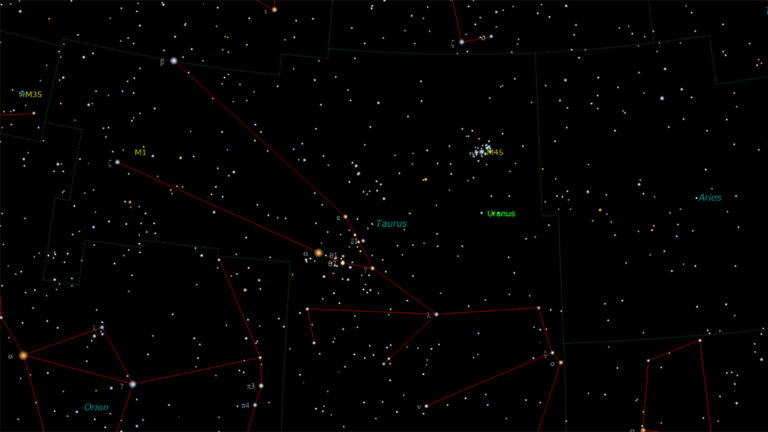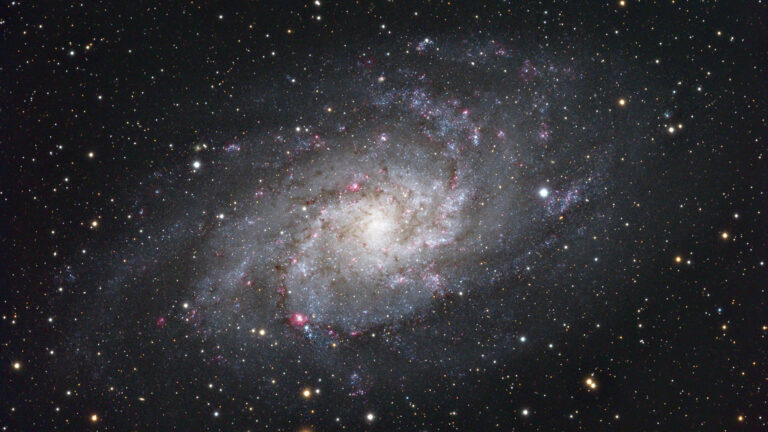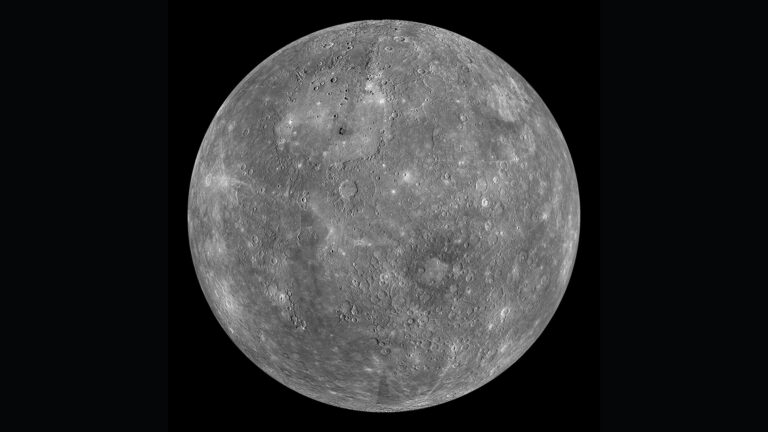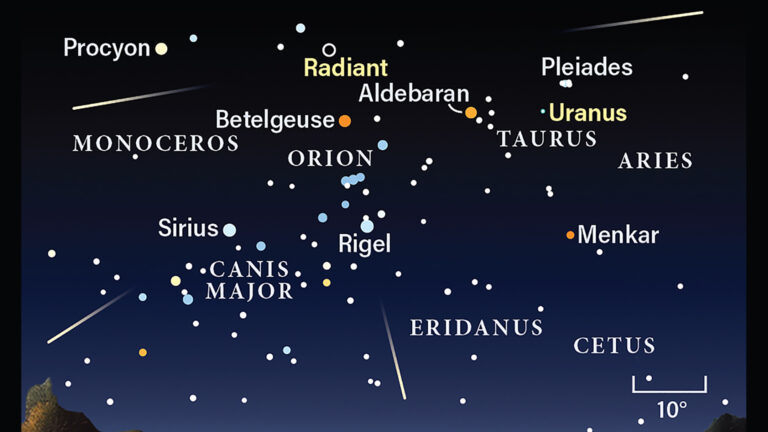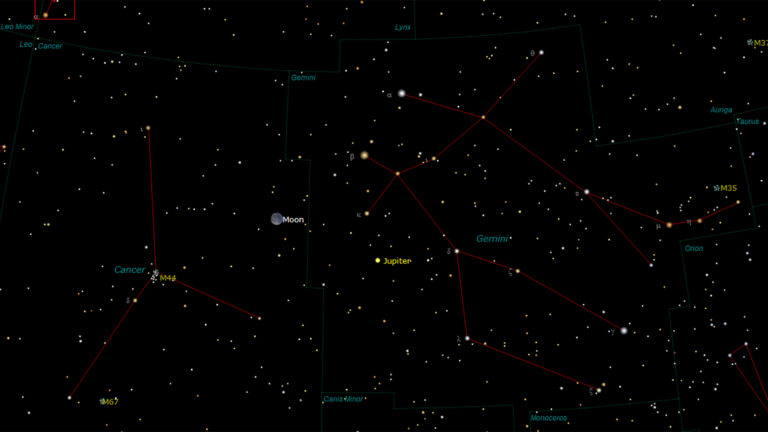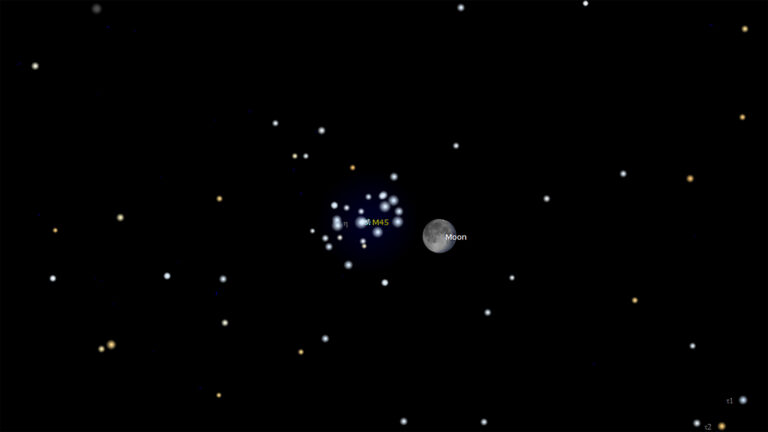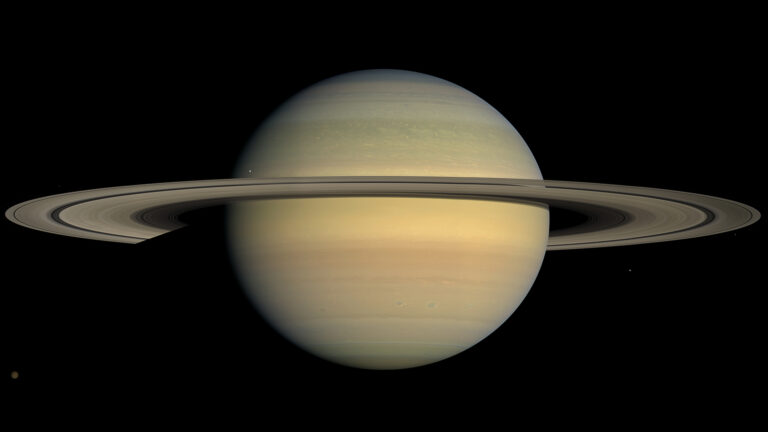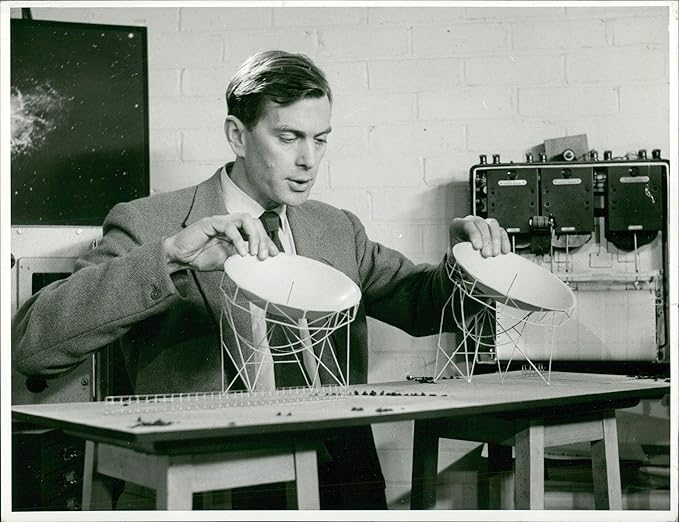
Best seen in the evening after sunset, the zodiacal light is a cone-shaped glow somewhat fainter than the Milky Way and aligned with the ecliptic. Credit: Steve Cullen
Key Takeaways:
- Astronomy magazine's Editor Emeritus, Dave Eicher, encourages pre-dawn observation of the zodiacal light.
- The zodiacal light is described as having a triangular, inverted cone-like appearance.
- Successful observation requires a dark location and clear atmospheric conditions.
- The phenomenon is situated along the zodiac constellations, following the ecliptic.
In this episode, Astronomy magazine Editor Emeritus Dave Eicher invites you to head out in the morning while it’s still dark, just before astronomical twilight, look to the east, and try to see the elusive zodiacal light. It will have a triangular shape, like an upside-down cone, and it will extend along the belt of the zodiac, the group of constellations that follows the ecliptic in the sky. You’ll need a dark site and clear weather. Good luck!

